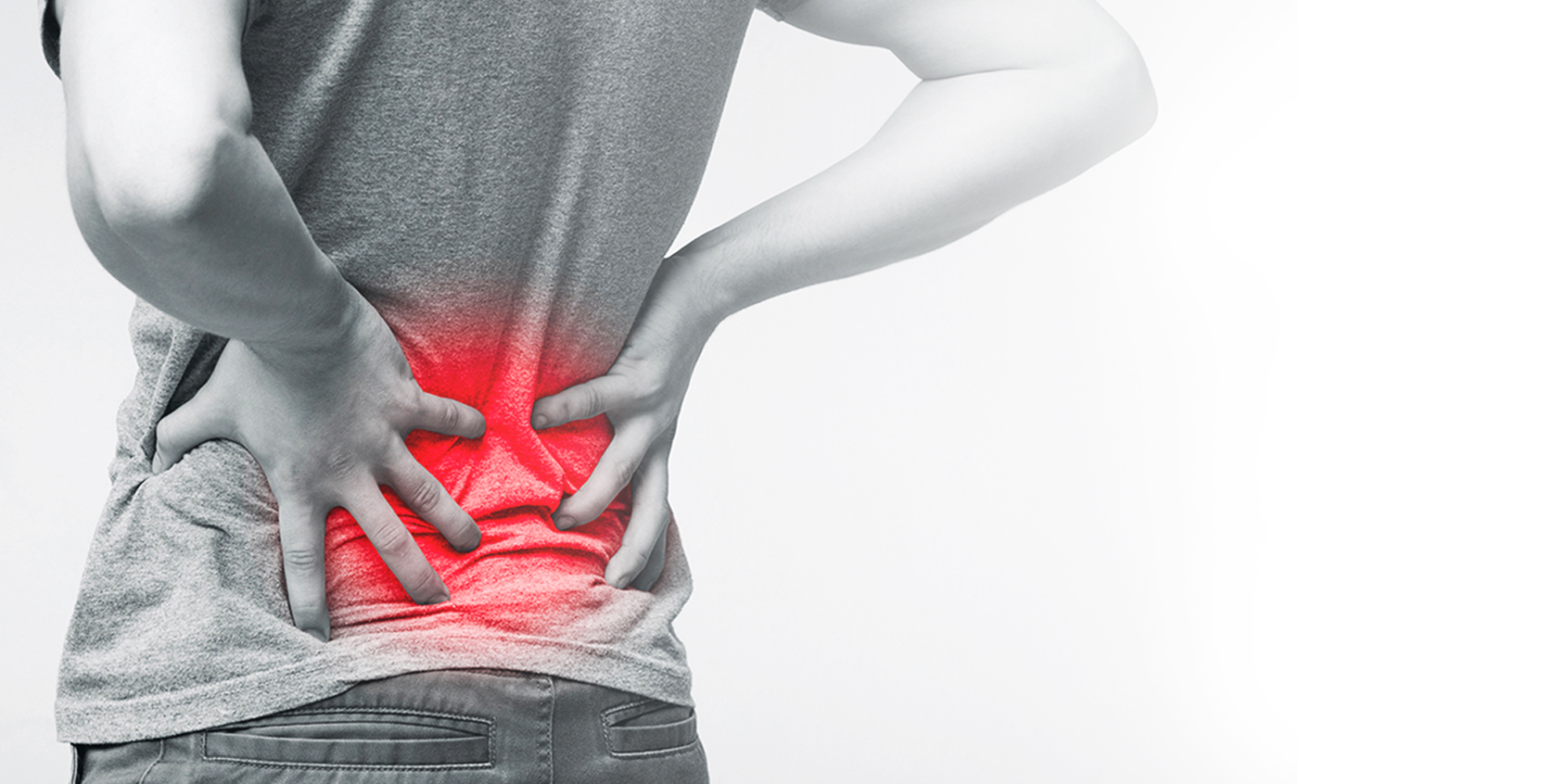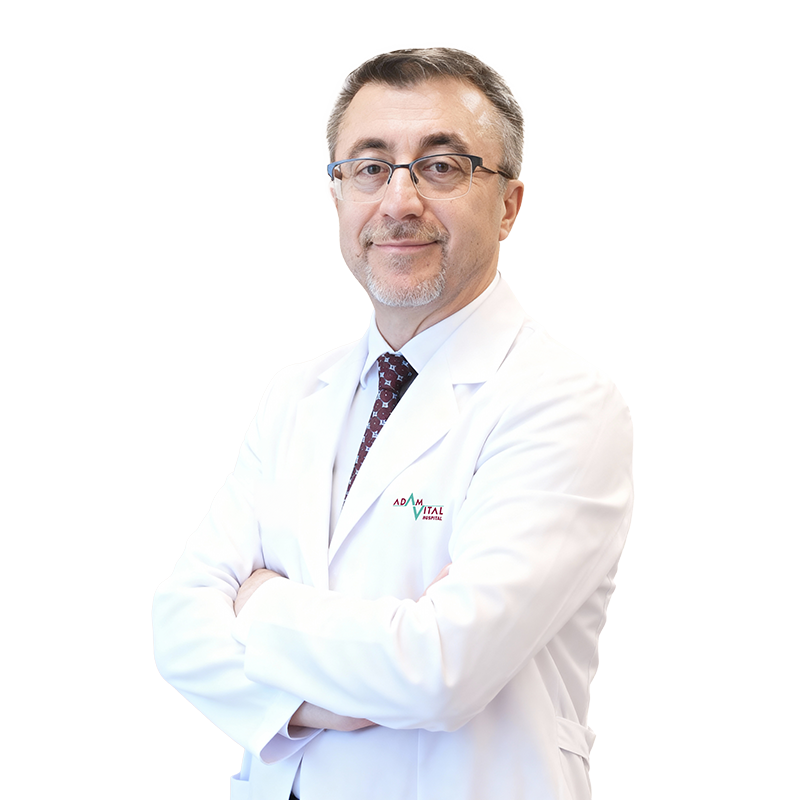It is advisable to treat Sciatica at the initial stages only to avoid the progression of symptoms.
Non- surgical methods
Acute sciatic nerve conditions are generally treated by non-surgical methods. Non- surgical methods are a combination of physical therapy, medications and therapeutic injections that provides a cure in about 4 to 6 weeks.
Physical therapists and trained professionals formulate an effective treatment plan essential for treating Sciatica which includes exercises that provide relief from sciatic pain and increase core strength.
Medications are used to relieve sciatic pain. Nonsteroidal anti-inflammatory drugs, anticonvulsant medications, oral steroids, antidepressants and opioid analgesics are generally prescribed for pain-relieving.
Chiropractic and massage therapy are used to address the underlying cause of sciatic nerve pain that can be herniated discs or spinal stenosis. Massaging improves blood circulations induces the release of endorphins which acts as natural pain relievers. It relaxes the tight muscles that can be a contributing factor to pain.
Some common steroid injections and selective nerve blocks are administered for controlling the inflammatory response around the sciatic nerve. Selective nerve root blocks provide instant relief from the pain and inflammation in some cases.
Surgical methods
Surgery is needed if the pain persists for a long duration even after trying several non-surgical treatments. Surgeries are performed in case of tumors, Cauda equina syndrome, bilateral Sciatica and infection in the pelvic region that cannot be cured by medications.
Microdiscectomy
Microdiscectomy is a minimally invasive approach used for treating Sciatica caused by a lumbar disc herniation. It is done by making small incisions and causing minimal damage to the surrounding tissues.
Laminectomy
Laminectomy is performed to treat the Sciatica pain caused by lumbar spinal stenosis. In this, all part of the lamina is removed making more space for the spinal nerves. It provides relief from nerve root compressions and irritation.





